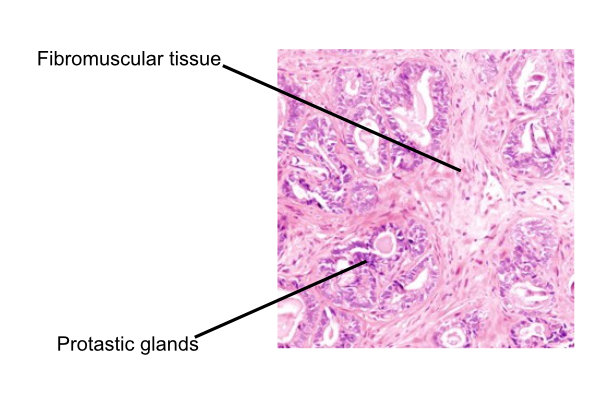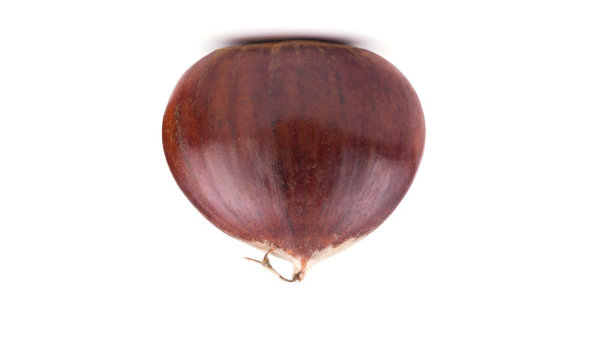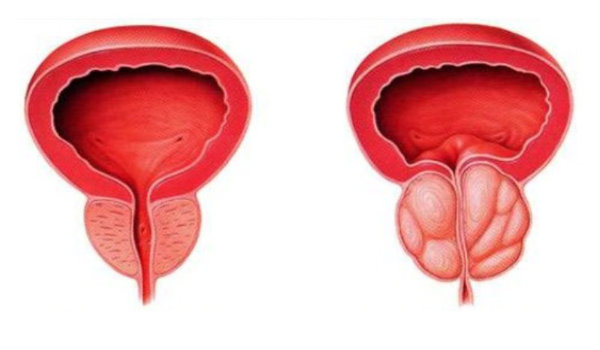The prostate > A gland

Picture 1 : Pathological constitution of the normal prostatic gland
The prostatic gland
Indeed the prostate is a gland constituted by glands, connective tissue and muscular fibers (picture 1). At 30 years, its normal size is 3 x 4 x 5 cm reaching a volume 25-30 mls often compared to a chestnut in size and shape (picture 2). The prostate tends to increase in size with age. It plays a capital role in male fertility by producing the nutritive substance for the spermatozoids. This liquid of conservation is added to the seminal vesicles secretion to form the seminal liquid in which the spermatozoids are able to survive 74 days instead of 24-48 hours alone. Although the prostate is a non vital organ for an individual it plays an essential role for the reproduction and therefore to perpetuate the human species. In other words without prostate we would not have a human species. Very few prostate glands will not evolve towards a pathological path as 80% of men with age will present a benign prostatic hyperplasia also called a prostatic adenoma (picture 3) and 10% a prostatic adenocarcinoma in a lifetime. Only one man out of 10 will avoid a pathological evolution of its prostatic gland.

Picture 2 : The chesnut is a very common comparison to the prostatic gland size and shape

Picture 3 : With age an increasing prostate size is the rule not the exception


